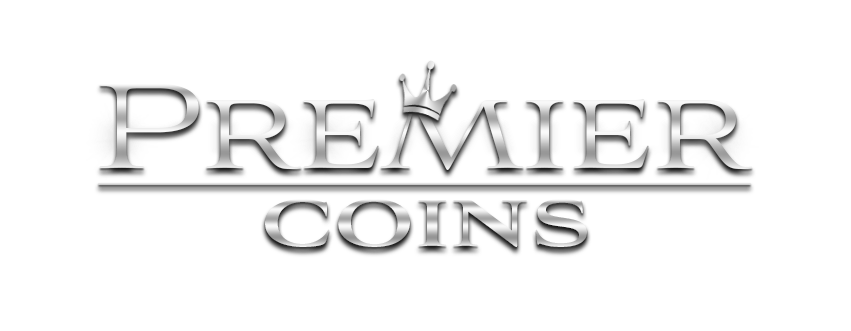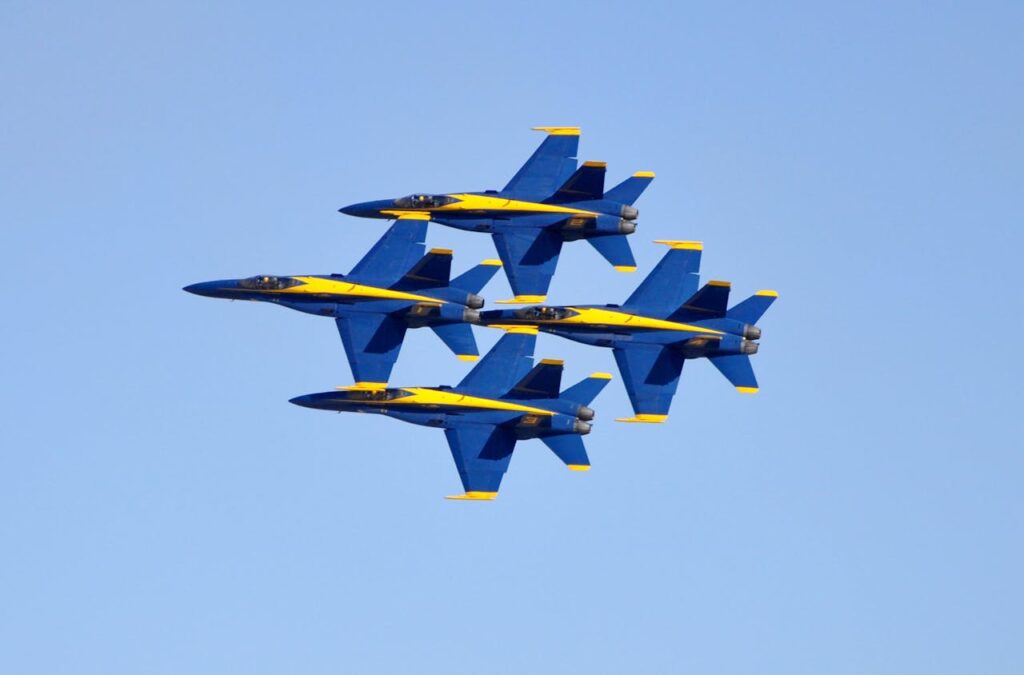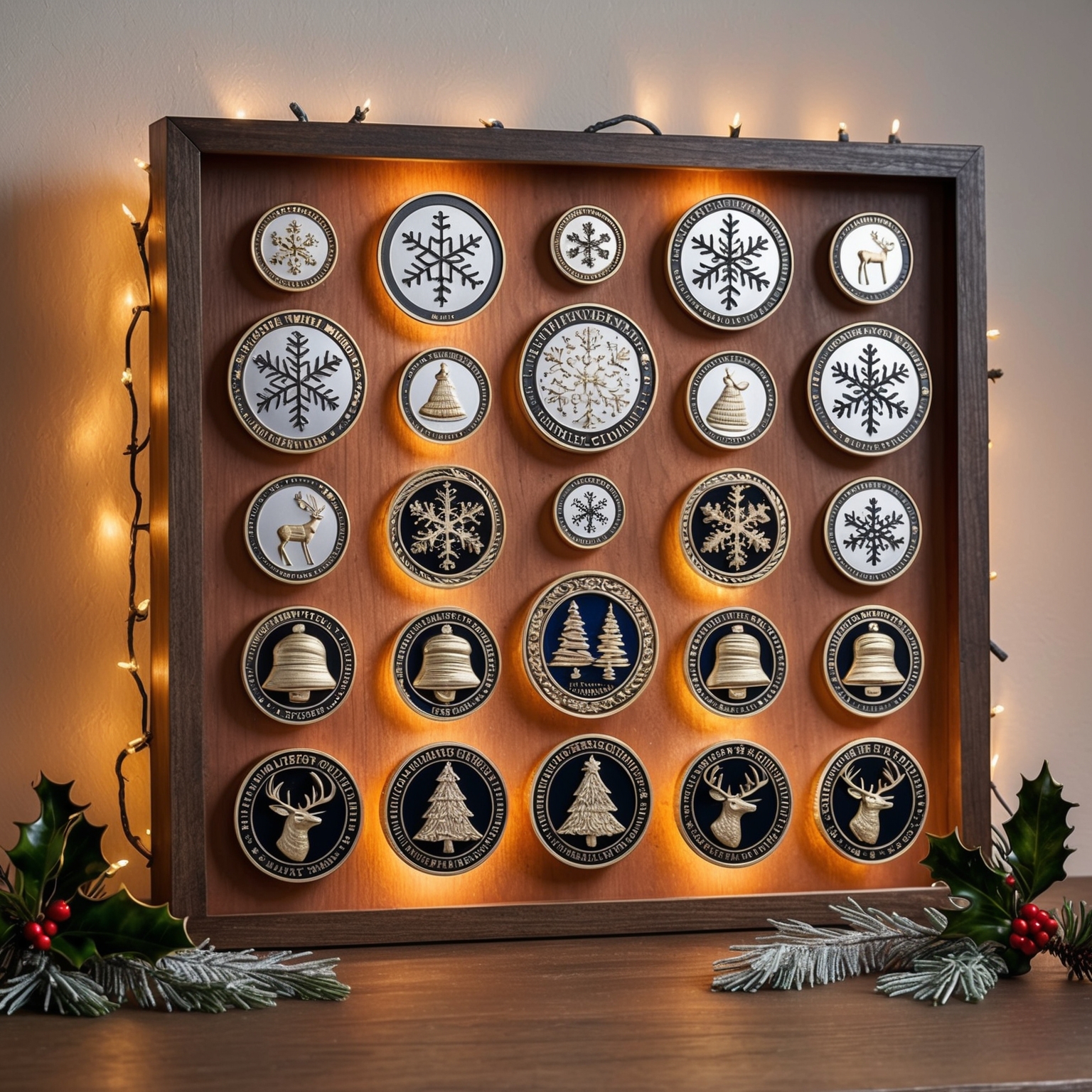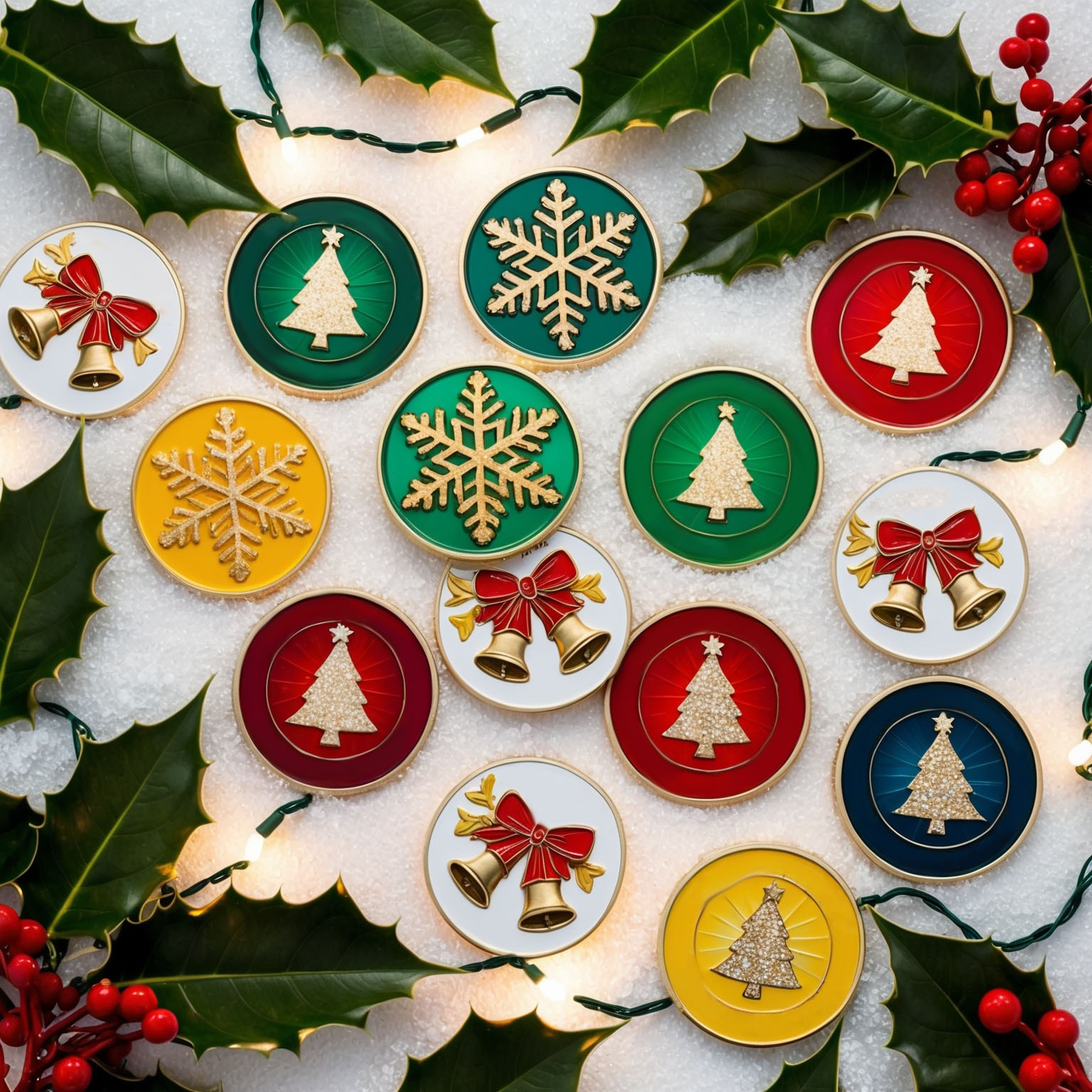Challenge coins hold a unique place in the military, symbolizing honor, camaraderie, and the shared experiences of service members. These small, often intricately designed tokens have become more than just a means of recognition; they are powerful symbols of identity, unity, and tradition within the armed forces. For those who serve, challenge coins represent a tangible connection to their units, their comrades, and their collective experiences, both in times of peace and in the heat of battle.
The tradition of challenge coins dates back over a century and has evolved significantly over time. Today, they are cherished not only for their aesthetic value but also for the deep cultural significance they carry. From commemorating special missions to honoring individual achievements, challenge coins play a vital role in military life, reinforcing the bonds that unite service members across all branches of the armed forces.
This article explores the cultural impact and meaning of challenge coins in the armed forces, delving into their history, the symbolism behind their designs, and their role in fostering unity and pride among service members. By understanding the profound significance of these coins, we gain insight into how they contribute to the unique culture of the military.
1. The History and Origins of Challenge Coins
The Beginnings of a Military Tradition
The exact origins of challenge coins are somewhat shrouded in mystery, with several stories contributing to the lore surrounding their creation. However, the most widely accepted account traces the tradition back to World War I.
According to this story, an American lieutenant, who was a wealthy member of a flying squadron, had bronze medallions struck with the squadron’s emblem. He distributed these coins to his men as a symbol of their camaraderie and service. One young pilot, who carried his coin in a leather pouch around his neck, was shot down behind enemy lines and captured by German forces. He later escaped and managed to reach a French outpost, where he was initially mistaken for a German spy. The young pilot, unable to produce any other form of identification, showed his challenge coin, which bore the insignia of his squadron. This gesture saved his life, as the French soldiers recognized the insignia and spared him.
This story highlights the coin’s role as a symbol of identity and belonging, establishing a tradition that would grow to become a widespread practice in the military.
Evolution Through the Years
Following World War I, the tradition of challenge coins spread throughout the military. By World War II, challenge coins had become more common, especially among elite units such as paratroopers and special operations forces. These coins were often given to commemorate specific missions or to honor the service of individuals who had demonstrated exceptional bravery or leadership.
The Vietnam War further solidified the tradition of challenge coins, with units across all branches of the military adopting the practice. By this time, challenge coins had evolved into highly personalized tokens, often featuring intricate designs that reflected the unique identity and mission of the unit.
Today, challenge coins are a staple of military culture, used to recognize service members’ achievements, commemorate significant events, and foster a sense of unity and pride within units. The tradition has also expanded beyond the military, with challenge coins now being used by law enforcement agencies, fire departments, and even corporate organizations.
2. The Symbolism of Challenge Coins in the Armed Forces
Symbols of Unity and Belonging
At their core, challenge coins symbolize unity and belonging within a military unit. Each coin is typically designed with specific symbols, mottos, and imagery that reflect the unique identity of the unit it represents. These elements are carefully chosen to embody the values, mission, and history of the unit, making the coin a powerful symbol of the bond shared by its members.
For service members, carrying a challenge coin is a way of showing pride in their unit and their role within it. The coin serves as a constant reminder of their connection to their comrades and the shared experiences that unite them. This sense of belonging is crucial in the military, where teamwork, trust, and camaraderie are essential for success.
Recognizing Achievements and Sacrifice
Challenge coins are often awarded to recognize individual achievements and sacrifices. Whether given for acts of bravery in combat, exceptional leadership, or outstanding service, these coins are a tangible form of recognition that carries significant meaning for the recipient.
The presentation of a challenge coin is typically accompanied by a handshake, during which the coin is passed from one person to another. This gesture symbolizes the personal connection between the giver and the recipient, reinforcing the idea that the coin represents more than just a token of appreciation—it is a symbol of respect and honor.
In many cases, challenge coins are also used to commemorate the sacrifices made by service members who have given their lives in the line of duty. These memorial coins serve as a lasting tribute to the fallen, ensuring that their memory is honored and preserved within the unit.
Fostering Esprit de Corps
Esprit de corps, or the sense of pride and loyalty felt by members of a group, is a fundamental aspect of military life. Challenge coins play a key role in fostering this esprit de corps by reinforcing the shared values and mission of the unit.
The act of carrying and exchanging challenge coins creates a sense of continuity and tradition within the unit, connecting current service members to those who have served before them. This continuity helps to build a strong sense of identity and purpose, motivating service members to uphold the values and standards of their unit.
Challenge coins also serve as a source of motivation and inspiration. When a service member receives a challenge coin, it is a reminder that their efforts are recognized and valued by their peers and leaders. This recognition can boost morale and encourage service members to continue striving for excellence in their duties.
3. The Role of Challenge Coins in Military Culture
The Challenge Tradition
One of the most well-known aspects of challenge coins in the military is the “challenge” itself. The challenge is a lighthearted tradition that reinforces the importance of always carrying one’s challenge coin.
The rules of the challenge are simple: A service member can issue a challenge by calling out “coin check” or by slapping their challenge coin on a table or bar. All those present must then produce their own challenge coins. Anyone who is unable to produce their coin is expected to buy a round of drinks for those who successfully meet the challenge. However, if everyone produces their coin, the challenger is the one who must buy the round.
While the challenge tradition is often conducted in a casual setting, it serves an important purpose in military culture. It reinforces the idea that challenge coins are a symbol of readiness, commitment, and belonging. By carrying their coin at all times, service members demonstrate their pride in their unit and their readiness to uphold its values.
Commemorating Missions and Deployments
Challenge coins are frequently used to commemorate specific missions, deployments, or other significant events within a unit. These coins are often designed to capture the essence of the mission, featuring imagery and symbols that represent the location, objectives, and challenges faced by the unit.
For example, a challenge coin created to commemorate a deployment to a combat zone might feature the unit’s emblem alongside an image of the region where the deployment took place. The coin might also include the dates of the deployment, as well as a motto or phrase that reflects the unit’s experience.
These commemorative coins serve as a lasting reminder of the unit’s achievements and the bonds formed during the mission. For many service members, these coins become cherished mementos that represent not only their personal experiences but also the collective efforts of their unit.
Building Relationships Across Branches and Services
While challenge coins are often associated with specific units or branches of the military, they also play a role in building relationships and fostering camaraderie across different branches and services.
When service members from different branches work together on joint missions or collaborative efforts, they may exchange challenge coins as a gesture of mutual respect and appreciation. This exchange symbolizes the shared values and objectives that unite all members of the armed forces, regardless of their branch or service.
In addition to fostering relationships within the military, challenge coins are also exchanged with members of allied forces and partner nations. These international exchanges help to build goodwill and strengthen the bonds between military forces around the world.
4. The Design Process of Challenge Coins
Key Elements of a Military Challenge Coin Design
Designing a challenge coin for the military involves careful consideration of several key elements that contribute to the coin’s significance and impact:
- Unit Emblem and Insignia: The unit’s emblem or insignia is typically the focal point of the challenge coin. This emblem represents the unit’s identity and should be prominently featured on the coin.
- Motto or Slogan: Including the unit’s motto or a key slogan adds depth to the coin’s meaning. The motto encapsulates the unit’s values and mission, serving as a source of inspiration for its members.
- Symbolic Imagery: The imagery on the coin should reflect the unit’s role, mission, and history. For example, a unit that specializes in airborne operations might include images of parachutes or aircraft, while a naval unit might feature ships or anchors.
- Personalization: Adding personalized elements, such as the recipient’s name, rank, or a specific mission, makes the coin more meaningful and unique. Personalization adds a layer of significance, making the coin a cherished keepsake.
- Color and Finish: The color scheme and finish of the coin should be chosen to reflect the unit’s identity and the symbolism of the design. Common finishes include antique gold, silver, bronze, and nickel, with color enamel used to highlight specific elements.
Customization Options and Special Features
To make a challenge coin truly unique and memorable, consider incorporating the following customization options and special features:
- 3D Embossing: Adding 3D embossing to the coin design creates depth and dimension, making the imagery and text stand out. This technique is ideal for highlighting the unit’s emblem or other key symbols.
- Cut-Outs: Incorporating cut-out elements into the coin design can create interesting shapes and highlight specific symbols. Cut-outs add visual interest and make the coin more distinctive.
- Glow-in-the-Dark Enamel: For a memorable touch, consider using glow-in-the-dark enamel for certain elements of the coin. This feature can symbolize the unit’s readiness to operate in any condition, day or night.
- Edge Text or Patterns: The edge of the coin offers additional space for customization. Consider adding text, such as the unit’s name, motto, or the date of a significant event, along the edge. Different edge textures, such as reeded edges or rope edges, can also enhance the design.
- Dual Plating: Dual plating combines two different metal finishes on the same coin, creating a striking contrast that highlights specific design elements. This technique can add a premium look to the coin and make it more visually appealing.
Collaborating with Professional Designers and Manufacturers
Creating a challenge coin that effectively represents a military unit’s identity and mission requires collaboration with experienced designers and manufacturers. Professional designers can help translate the unit’s vision into a visually appealing and functional design, while manufacturers ensure that the final product meets the highest standards of quality and craftsmanship.
When choosing a manufacturer, it’s important to select a company with experience in producing military challenge coins. This ensures that the manufacturer understands the unique requirements and expectations of military customers and can deliver a product that meets the unit’s specifications.
5. Real-World Examples of Challenge Coins in the Armed Forces
Example 1: A Special Forces Unit Coin
A special forces unit created a custom challenge coin to commemorate a successful operation in a hostile environment. The coin was designed in the shape of a shield, symbolizing protection and strength. The front of the coin featured the unit’s emblem, surrounded by the names of key locations where the operation took place. The back of the coin included the unit’s motto, along with an image of the specialized equipment used during the mission. The coin was finished with antique gold plating, giving it a distinguished and timeless appearance.
Example 2: A Naval Aviation Squadron Coin
A naval aviation squadron designed a custom challenge coin to celebrate their 50th anniversary. The coin was shaped like a jet fighter, with wings extending beyond the edges of the coin. The front of the coin featured the squadron’s emblem, along with the dates of their 50 years of service. The reverse side of the coin depicted a detailed image of the aircraft the squadron flies, surrounded by the names of past and present commanders. The coin was dual-plated with silver and gold finishes, creating a striking contrast that highlighted the coin’s intricate details.
Example 3: An Army Infantry Battalion Coin
An Army infantry battalion designed a challenge coin to honor their participation in a historic battle. The coin was designed in a traditional round shape, but with a unique cut-out in the center in the shape of the battalion’s insignia. The front of the coin featured the battalion’s emblem, with the battle’s name and date inscribed around the edge. The back of the coin included an image of the battlefield, along with the battalion’s motto and a quote from a famous military leader. The coin was finished with an antique bronze plating, giving it a rugged, battle-worn appearance.
6. The Cultural Impact of Challenge Coins Beyond the Military
Extending the Tradition to Civilian Organizations
The tradition of challenge coins has expanded beyond the military, with many civilian organizations adopting the practice to recognize achievements, build team spirit, and foster a sense of belonging among their members. Law enforcement agencies, fire departments, and emergency medical services are among the most common civilian groups to use challenge coins, often drawing inspiration from military traditions.
Corporate organizations have also embraced challenge coins as a means of recognizing employee achievements and promoting a positive organizational culture. In these settings, challenge coins are often used to commemorate milestones, celebrate team successes, and reinforce the company’s values and mission.
Building Connections Across Generations
Challenge coins serve as a powerful connection between generations of service members. Veterans often pass their challenge coins on to younger service members, creating a tangible link between the past and the present. This tradition helps to preserve the history and legacy of military units, ensuring that the values and experiences of previous generations continue to influence and inspire those who serve today.
In addition to fostering connections within the military, challenge coins also help to bridge the gap between military and civilian communities. By sharing the stories and significance behind their challenge coins, service members and veterans can help civilians gain a deeper understanding of military culture and the sacrifices made by those who serve.
Commemorating National and International Events
Challenge coins are also used to commemorate national and international events, such as military parades, joint exercises, and diplomatic missions. These coins often feature the emblems of the participating nations or organizations, along with imagery that reflects the significance of the event.
For example, a challenge coin created to commemorate a joint military exercise between the United States and its NATO allies might feature the flags of the participating nations, along with an image of the exercise’s logo or theme. These coins serve as symbols of international cooperation and unity, reinforcing the bonds between allied forces.
The Enduring Legacy of Challenge Coins in the Armed Forces
Challenge coins are more than just tokens of recognition—they are powerful symbols of identity, unity, and tradition within the armed forces. From their origins in World War I to their widespread use today, challenge coins have become an integral part of military culture, serving as tangible reminders of the bonds that unite service members across all branches of the military.
The cultural impact of challenge coins extends far beyond the individual recipient. These coins contribute to a stronger, more cohesive military culture, where service members feel connected to their units, their comrades, and their shared mission. Whether used to recognize individual achievements, commemorate significant events, or foster relationships across branches and nations, challenge coins play a vital role in reinforcing the values and traditions that define the armed forces.
As the tradition of challenge coins continues to evolve, their significance remains deeply rooted in the principles of honor, respect, and camaraderie. For those who serve, challenge coins are more than just pieces of metal—they are symbols of a lifelong commitment to their country, their comrades, and the enduring legacy of military service.
If you are interested in purchasing high-quality custom challenge coins you can call us at 877-885-2497 or fill out one of our FREE QUOTE FORMS.



